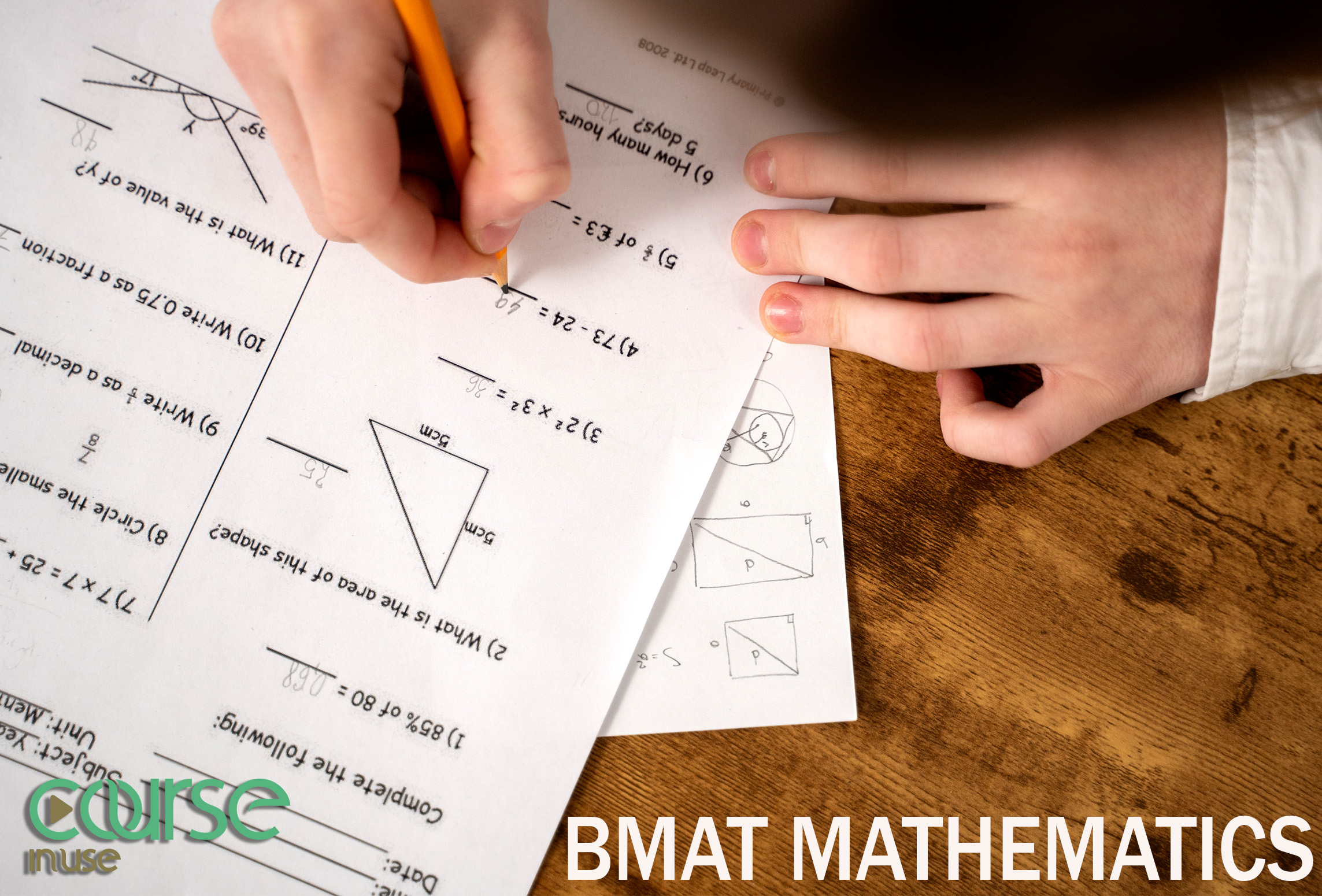Introduction
The mathematics section of the BMAT serves not only as a tool for assessing candidates’ mathematical skills but also as an indicator of their analytical and logical abilities. In the field of medicine, where data analysis and interpretation of research findings are crucial, a strong grasp of mathematical concepts can make a significant difference. This article examines the importance of the mathematics section in the BMAT, outlines the key topics covered, explores common types of questions, and provides strategies and resources for achieving success.
Significance of the Mathematics Section in the BMAT
The mathematics section of the BMAT is fundamental as it evaluates the candidate’s ability to handle quantitative data and solve complex problems. Proficiency in mathematics is vital for medical professionals who frequently engage with statistical data, research results, and analytical models. This section tests essential skills such as problem-solving, data interpretation, and logical reasoning, which are integral for success in medical studies and practice. For instance, medical research often involves interpreting statistical data and understanding complex models; thus, the ability to navigate these mathematical aspects can significantly impact a candidate’s effectiveness in a clinical setting.
Curriculum of the Mathematics Section
The mathematics section of the BMAT generally encompasses the following topics:
Algebra
Linear and quadratic equations
Algebraic operations and simplification of expressions
Functions and graphs
Geometry and Measurement:
Properties of geometric shapes such as triangles, squares, circles, etc.
Calculation of the area and volume of various geometric figures
Coordinate geometry
Ratios and Proportions:
Ratios and proportions
Percentage calculations
Unit conversions
Statistics and Probability:
Mean, median, and mode
Probability and probability rules
Statistical charts and tables
Trigonometry:
Trigonometric functions
Sine and cosine rules
Application of trigonometry in geometric problems
Questions in the mathematics section often include:
Solving linear and quadratic equations
Analyzing and interpreting various types of graphs
Percentage calculations and unit conversions
Statistical calculations and data analysis
Geometry problems involving area and volume calculations
Trigonometry problems using trigonometric functions
Success Strategies
To excel in the mathematics section of the BMAT, consider the following strategies:
Regular and Targeted Practice: Establish a structured study plan focusing on core mathematical concepts and problem-solving techniques. Consistent practice enhances familiarity and efficiency in solving problems.
Practice with Past Papers: Working through previous years’ exam papers and sample questions helps familiarize you with the question format and improves test-taking skills.
Conceptual Understanding: Focus on grasping underlying mathematical concepts rather than rote memorization. A solid understanding of the principles will aid in solving complex problems.
Utilize Quality Resources: Use well-regarded textbooks and study materials to reinforce learning and provide diverse problem sets.
Simulate Exam Conditions: Practice under timed conditions to build stamina and reduce exam-related anxiety.
Recommended Resources
For effective preparation, consider the following resources:
- Textbooks
- Mathematics for Economics and Finance” by Martin Anthony and Norman Biggs
- Mathematics: A Very Short Introduction” by Timothy Gowers
- “Essential Mathematical Methods for the Physical Sciences” by K.A. Stroud and Dexter J. Booth
- Higher Engineering Mathematics” by John Bird
- Mathematics for Biology” by Pamela Soliman and Robert L.
BMAT Preparation Packages
Specialized BMAT Prep Books: These include practice questions and mock tests tailored to the BMAT format.
Online Resources
- Educational Websites: Platforms such as Course In Use, Khan Academy and Coursera offer online courses and tutorials on mathematical topics.
- Online Courses: Available courses that cover various mathematical concepts and provide practice exercises. Practice Software: Test Preparation Apps: Tools like Magoosh and Kaplan offer practice questions and simulated tests.
Conclusion
Success in the mathematics section of the BMAT requires a blend of deep understanding of fundamental mathematical concepts and analytical skills. Using quality educational resources, consistent practice, and employing effective strategies can significantly enhance a candidate’s preparedness. By following the guidance and recommendations provided in this article, candidates can approach the BMAT with greater confidence and achieve their academic and professional goals.




